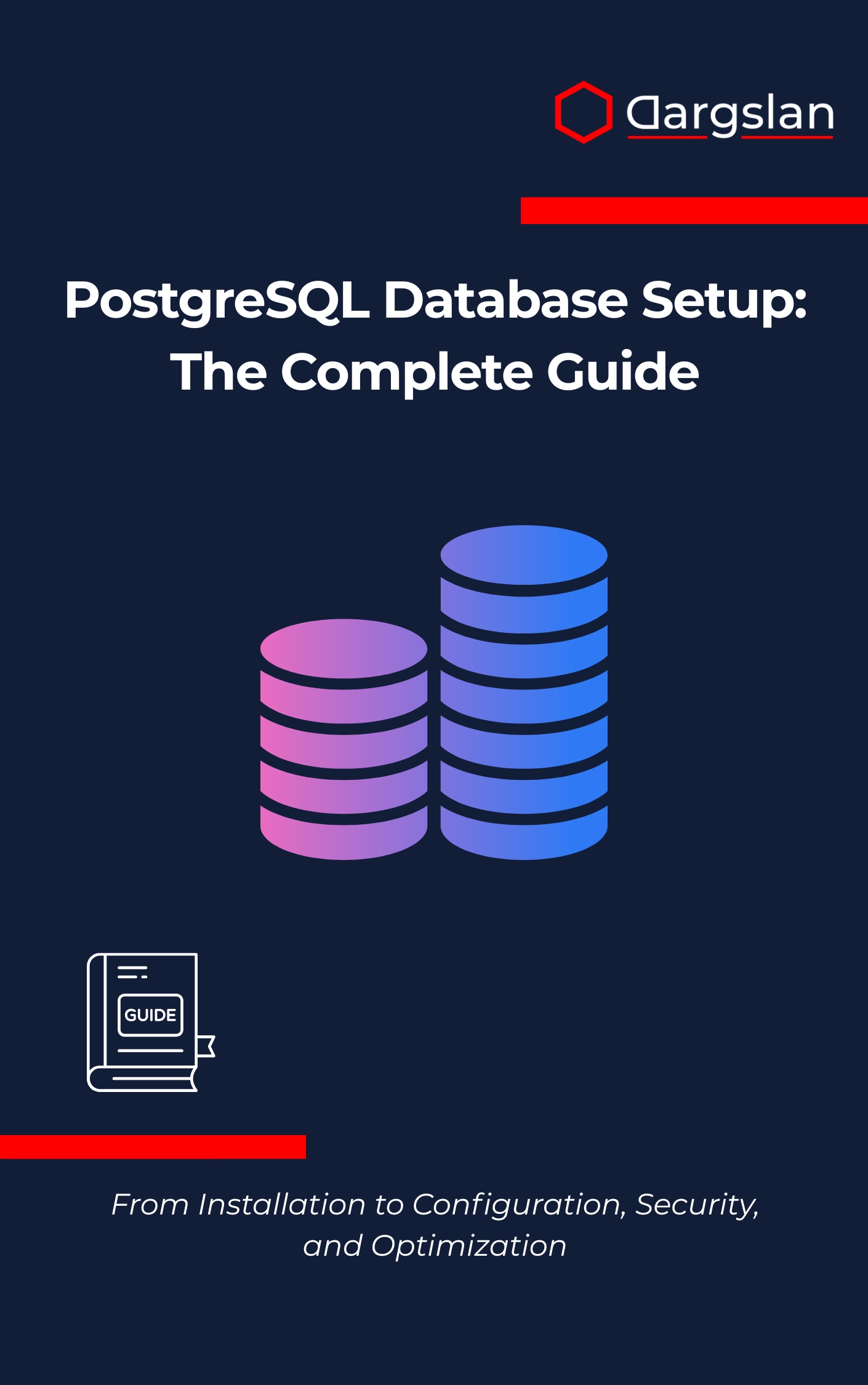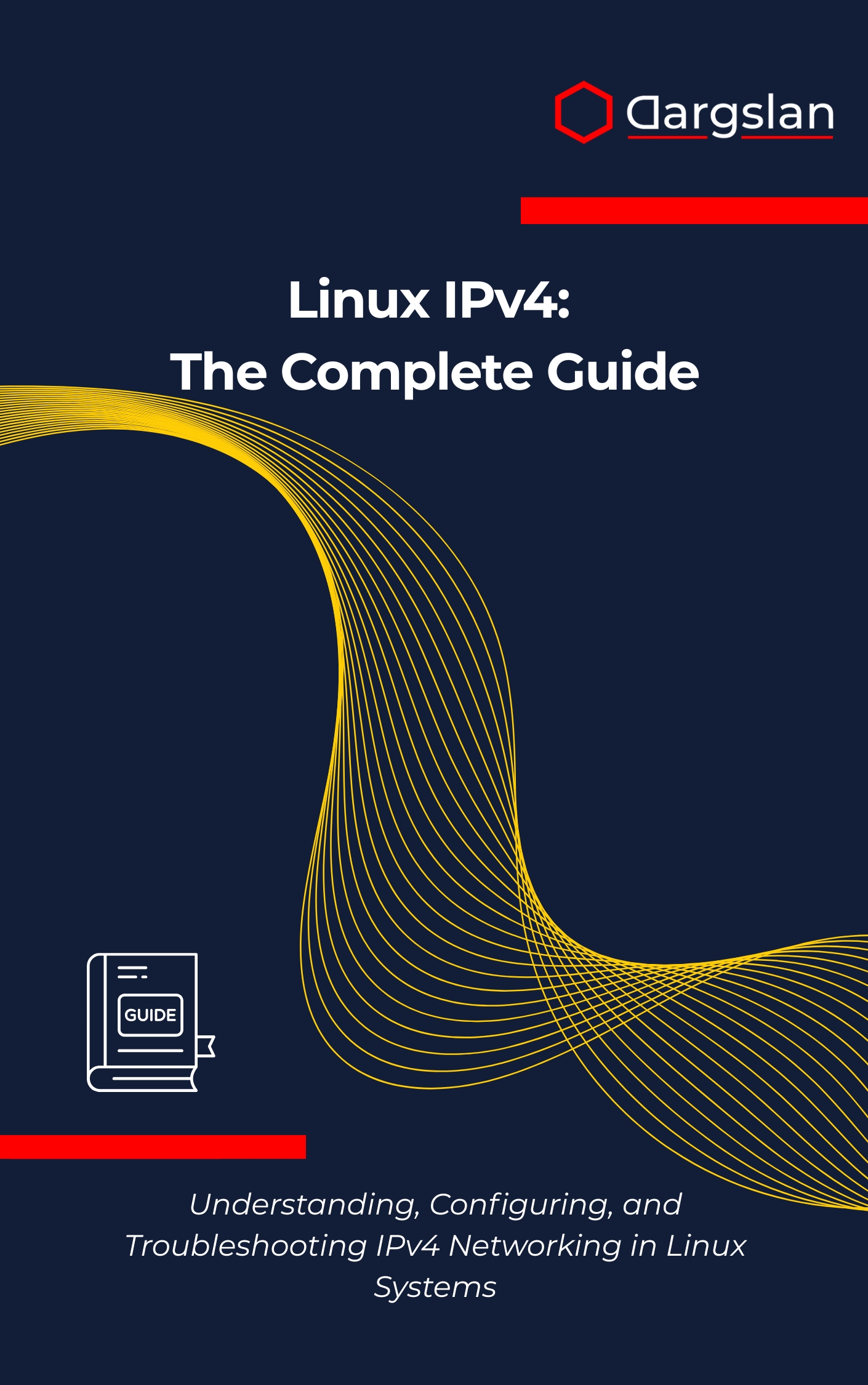Setting Up a Linux Router
Monitoring Network Traffic in Linux,Analyze and optimize Linux network traffic with built-in tools and monitoring techniques.

A Step-by-Step Guide to Turning Your Linux System into a Powerful Network Router
Overview
Setting Up a Linux Router is the definitive IT book for turning commodity hardware into a secure, high-performance router using open-source tools. This practical programming guide and technical book walks you through every layer of the stack—interfaces, routing, security, and services—so you can build reliable networks for homes, small businesses, or lab and test environments. A Step-by-Step Guide to Turning Your Linux System into a Powerful Network Router delivers clear, repeatable processes for planning, configuring, validating, and optimizing your deployment on Linux.
Inside, you’ll master Linux routing configuration, IP forwarding setup, iptables NAT configuration, DHCP server implementation, DNS service setup, firewall rule management, routing table configuration, network security hardening, performance monitoring, advanced routing protocols, load balancing, network diagnostics, troubleshooting procedures, and system optimization. Whether you’re upgrading an existing gateway or building a custom router from scratch, you’ll gain the control and insight needed to rival commercial appliances at a fraction of the cost.
Who This Book Is For
- System administrators who want a cost-effective, fully customizable router and firewall. You’ll learn how to transform a standard Linux box into a secure edge device with logging, NAT, and robust traffic controls.
- IT professionals and network engineers looking to sharpen practical skills. Follow proven workflows to design routing tables, deploy DHCP and DNS services, and implement policy-based routing with confidence.
- Small business owners, homelab enthusiasts, and students ready to take control of their infrastructure. Build hands-on expertise, reduce hardware expenses, and create a networking foundation you can scale and troubleshoot yourself.
Key Lessons and Takeaways
- Build a resilient routing core using clean interface design, IP addressing plans, and IP forwarding. You’ll configure kernel parameters, verify packet paths, and ensure traffic flows correctly across subnets and VLANs.
- Protect your network with a defense-in-depth firewall strategy using iptables, NAT, and sensible defaults. Learn rule ordering, stateful inspection, and safe change management so you can deploy updates without downtime.
- Deliver services your clients rely on with integrated DHCP and DNS. Automate address assignments, implement reservations, and cache DNS responses to speed up queries and reduce external dependencies.
Why You’ll Love This Book
The author’s step-by-step guidance removes guesswork, pairing concise explanations with configuration snippets and verification commands. Each chapter focuses on outcomes first, then drills into the “why” so you understand both the mechanics and the underlying networking principles. Real-world examples, checklists, and performance tips make it easy to standardize deployments and iterate with confidence.
How to Get the Most Out of It
- Start with the planning and system preparation chapters to establish IP schemes, interface naming, and baseline security. Then progress through routing, firewalling, and services before tackling advanced protocols and load balancing.
- Apply concepts as you read by configuring a test router in a virtual lab. Validate each change with ping, traceroute, tcpdump, and log reviews so you build muscle memory for network diagnostics.
- Complete mini-projects after each section: implement a multi-subnet NAT gateway, add DHCP reservations and DNS overrides, and experiment with policy-based routing and failover for dual-WAN scenarios.
Deep-Dive Highlights
This guide goes beyond basic gateway setup to cover nuanced topics that matter in production. You’ll learn policy-based routing to steer traffic by source, destination, or service, along with route metrics and failover design. Advanced chapters introduce dynamic routing protocols for complex topologies, plus load balancing techniques that boost throughput and reliability without expensive hardware.
Performance monitoring is woven throughout: you’ll collect interface statistics, profile connection tracking, and pinpoint bottlenecks using lightweight tools. Security hardening best practices—from minimizing exposed services to shaping egress—help you reduce attack surface while maintaining usability for your users and applications.
Operations and Troubleshooting
Operations-focused workflows show you how to document rule sets, test changes safely, and roll back when needed. You’ll adopt a consistent approach to troubleshooting, correlating logs with packet captures to quickly isolate issues in routing, NAT, or DNS resolution.
The book’s diagnostic playbooks accelerate recovery from common faults: asymmetric routing, overlapping subnets, DNS misconfiguration, DHCP scope exhaustion, MTU black holes, and port-forwarding conflicts. With clear validation steps, you’ll turn guesswork into repeatable procedures.
Built for Adaptability
Whether you’re securing a home lab, powering a small office, or staging an enterprise proof-of-concept, the techniques scale elegantly. You can start simple with a single WAN and LAN, then expand to VLAN segmentation, guest networks, VPN termination, and multi-WAN load balancing as your needs evolve.
Because the solutions are grounded in standard Linux tooling, you remain in full control: version your configs, script deployments, and integrate with monitoring systems. That flexibility lets you meet unique requirements that prepackaged routers often can’t address.
Get Your Copy
Take command of your network with a proven blueprint for secure, high-performance routing on Linux. Build faster, troubleshoot smarter, and scale with confidence.




